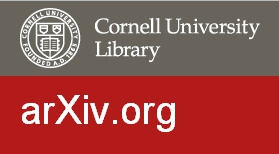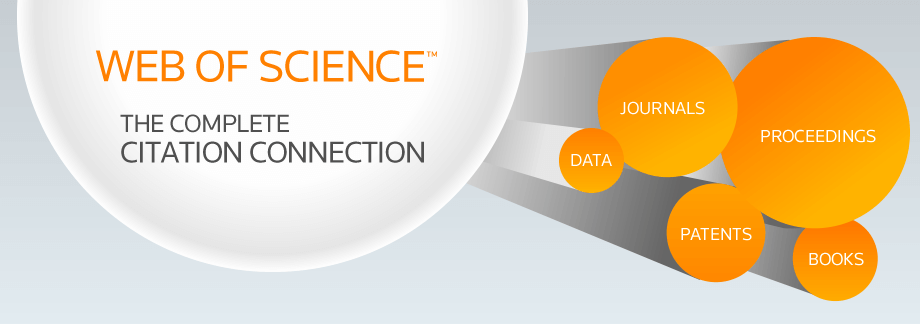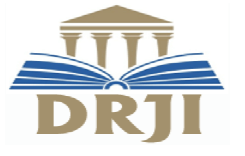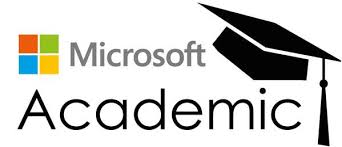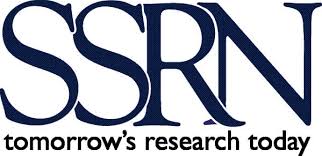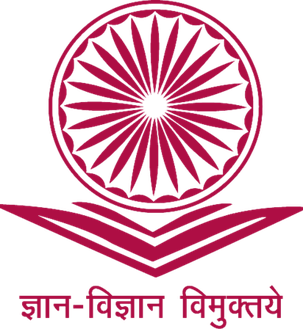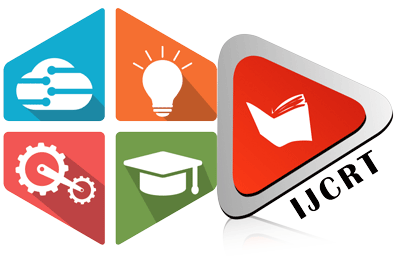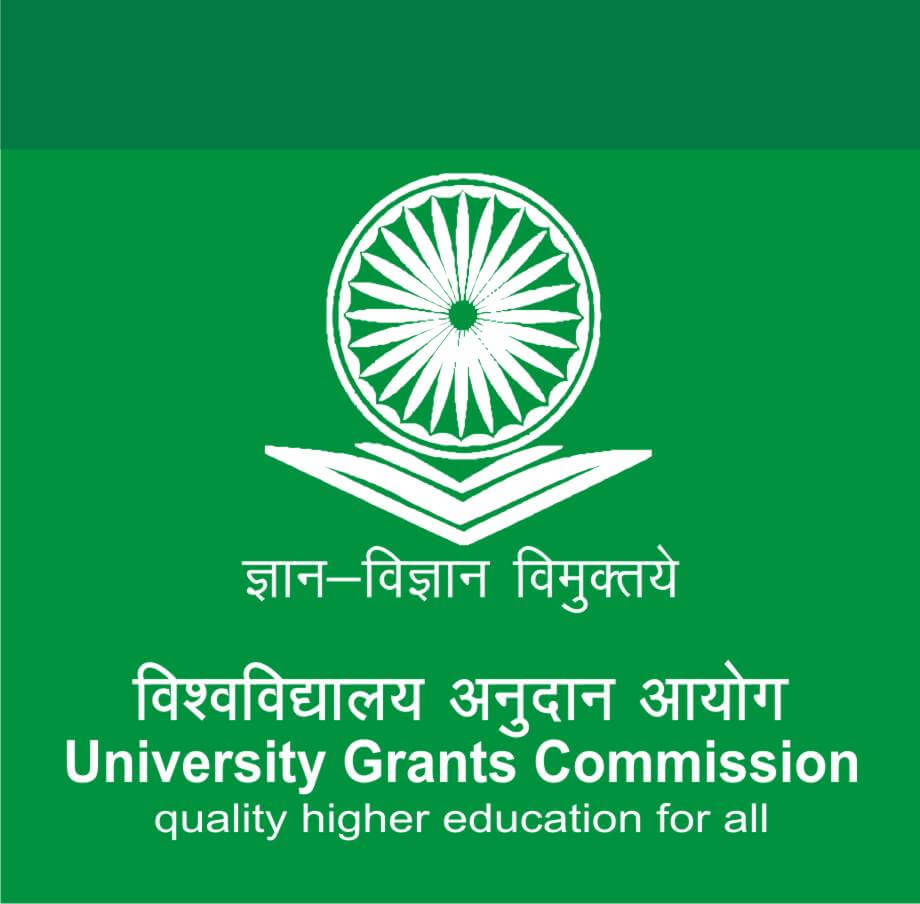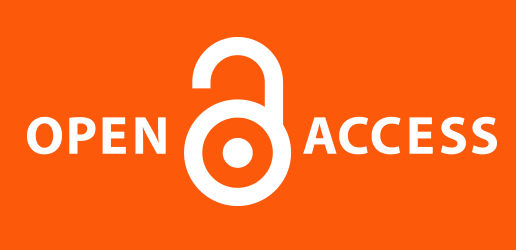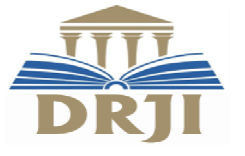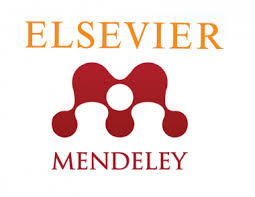INTERNATIONAL JOURNAL OF CREATIVE RESEARCH THOUGHTS - IJCRT (IJCRT.ORG)
International Peer Reviewed & Refereed Journals, Open Access Journal
IJCRT Peer-Reviewed (Refereed) Journal as Per New UGC Rules.
ISSN Approved Journal No: 2320-2882 | Impact factor: 7.97 | ESTD Year: 2013
Call For Paper - Volume 13 | Issue 12 | Month- December 2025
Scholarly open access journals, Peer-reviewed, and Refereed Journals, Impact factor 7.97 (Calculate by google scholar and Semantic Scholar | AI-Powered Research Tool) , Multidisciplinary, Monthly, Indexing in all major database & Metadata, Citation Generator, Digital Object Identifier(CrossRef DOI)
Contact Us Click Here
WhatsApp Contact Click Here
Volume 13 | Issue 10 | October-2025
| IJCRT Journal front page | IJCRT Journal Back Page |
Paper Title: REVIEW ON ECO FRIENDLY CROP CUTTING MACHINE
Author Name(s): Prof. Husain Shaikh, Karan Akaram Gosavi, Hritik Rajendra Mhatre, Saurabh Balasaheb Waghole, Shyam Mahadev Maske
Published Paper ID: - IJCRTBH02040
Register Paper ID - 295173
Publisher Journal Name: IJPUBLICATION, IJCRT
DOI Member ID: 10.6084/m9.doi.one.IJCRTBH02040 and DOI :
Author Country : Indian Author, India, - , -, - , | Research Area: Science and Technology Published Paper URL: http://ijcrt.org/viewfull.php?&p_id=IJCRTBH02040 Published Paper PDF: download.php?file=IJCRTBH02040 Published Paper PDF: http://www.ijcrt.org/papers/IJCRTBH02040.pdf
Your Paper Publication Details:
Title: REVIEW ON ECO FRIENDLY CROP CUTTING MACHINE
DOI (Digital Object Identifier) :
Pubished in Volume: 13 | Issue: 10 | Year: October 2025
Publisher Name : IJCRT | www.ijcrt.org | ISSN : 2320-2882
Subject Area: Science and Technology
Author type: Indian Author
Pubished in Volume: 13
Issue: 10
Pages: 287-294
Year: October 2025
Downloads: 111
E-ISSN Number: 2320-2882
Abstract
A crop cutter is a machine that uses sliding blades to cut a lawn at an even length. Even more sophisticated devices are there in every field. Power consumption becomes essential for future. Crop cutter is a very useful device which is very simple in construction. It is used to maintain and upkeep lawns in gardens, schools, college's etc. We have made some changes in the existing machine to make its application easier at reduced cost. Our main aim in pollution control is attained through this. Unskilled operation can operate easily and maintain the lawn very fine and uniform surface look. In our project, crop cutter issued to cut the different crops for the different application. Today, Agriculture especially in India need to concentrate in some aspects such as how to increase the productivity and profit, how to reduce the cost and how to solve the problem comes from workers. To overcome these, a new motorized cutter is fabricated specially for cutting various crop varieties during the time of harvesting and named as an ultraportable crop cutter. It comprises three criterions such as "easy to fabricate, low cost and light weight". With this Ultraportable Crop Cutter, the entire problem can be solved easily. There are some procedures involved in fabricating this device such as fabricating the prototype using suitable material and test the functioning of this machine. So the objectives are to fabricate and test the performance of the prototype of a motorized crop cutter for harvesting the crop.
Licence: creative commons attribution 4.0
License
Keywords
REVIEW ON ECO FRIENDLY CROP CUTTING MACHINE
License
Paper Title: REVIEW ON DESIGN AND ANALYSIS OF SOLAR WIND MILL
Author Name(s): Dr. Harish Harsurkar, Aishwarya deepak vidhate, Prerana somnath raut, Pooja dashrath bandalkar, Sandhya murlidhar lokhande
Published Paper ID: - IJCRTBH02039
Register Paper ID - 295174
Publisher Journal Name: IJPUBLICATION, IJCRT
DOI Member ID: 10.6084/m9.doi.one.IJCRTBH02039 and DOI :
Author Country : Indian Author, India, - , -, - , | Research Area: Science and Technology Published Paper URL: http://ijcrt.org/viewfull.php?&p_id=IJCRTBH02039 Published Paper PDF: download.php?file=IJCRTBH02039 Published Paper PDF: http://www.ijcrt.org/papers/IJCRTBH02039.pdf
Your Paper Publication Details:
Title: REVIEW ON DESIGN AND ANALYSIS OF SOLAR WIND MILL
DOI (Digital Object Identifier) :
Pubished in Volume: 13 | Issue: 10 | Year: October 2025
Publisher Name : IJCRT | www.ijcrt.org | ISSN : 2320-2882
Subject Area: Science and Technology
Author type: Indian Author
Pubished in Volume: 13
Issue: 10
Pages: 280-286
Year: October 2025
Downloads: 98
E-ISSN Number: 2320-2882
Abstract
Considering the energy security concern for and commitment to a 'Low Carbon Growth Strategy', the 12th Five Year plan of the country included plans to ensure sustainable development of the power sector. Due to the RE impetus an increase in the development of medium to high density wind and solar farms in India is expected. In this scenario it becomes important and necessary to revisit the impacts of RE projects in the neighborhood where these projects are coming up. Thus, this study is commissioned by MNRE to assess the environmental and socio-economic impacts of RE projects in India, particularly from solar PV and on-shore wind farms in hybid mode.Hence to test this we have tried to fabricate a hybrid solar cum wind mill power plant model.
Licence: creative commons attribution 4.0
License
Keywords
REVIEW ON DESIGN AND ANALYSIS OF SOLAR WIND MILL
License
Paper Title: Review on Design and Analysis of Pick and Place Robot
Author Name(s): Dr. Harish Harsurkar, Powar Dhanashri vikas, Birajdar Shivaraj Mahadeo, Shendage Hanmant Dattatray, Shaikh Humera Rajjak
Published Paper ID: - IJCRTBH02038
Register Paper ID - 295175
Publisher Journal Name: IJPUBLICATION, IJCRT
DOI Member ID: 10.6084/m9.doi.one.IJCRTBH02038 and DOI :
Author Country : Indian Author, India, - , -, - , | Research Area: Science and Technology Published Paper URL: http://ijcrt.org/viewfull.php?&p_id=IJCRTBH02038 Published Paper PDF: download.php?file=IJCRTBH02038 Published Paper PDF: http://www.ijcrt.org/papers/IJCRTBH02038.pdf
Your Paper Publication Details:
Title: REVIEW ON DESIGN AND ANALYSIS OF PICK AND PLACE ROBOT
DOI (Digital Object Identifier) :
Pubished in Volume: 13 | Issue: 10 | Year: October 2025
Publisher Name : IJCRT | www.ijcrt.org | ISSN : 2320-2882
Subject Area: Science and Technology
Author type: Indian Author
Pubished in Volume: 13
Issue: 10
Pages: 272-279
Year: October 2025
Downloads: 95
E-ISSN Number: 2320-2882
Abstract
This system is very beneficial in areas where there is high risk for humans to enter. This system makes use of robotic arm as well as robotic vehicle which helps not only to enter an area involving high risk but also to pick whatever object it wants to. The system also includes night vision camera which will not only allow viewing whatever will be recorded in day time but also during night. The whole system is controlled via RF remote. The system sends commands to the receiving circuit mounted on the vehicle through push buttons. The receiving circuit involves 8051 microcontroller and a receiver which receives commands sent by the transmitting circuit. At first the system is set to control the movement of vehicle. In order to set the system in a mode that operates the arm. At first the user needs to press the push buttons for moving the vehicle in whichever direction it wants i.e. forward, backward, right or left direction. In order to make the arm movement, the user needs to long press the forward and backward push buttons. Thus this system makes use of camera, robotic arm and robotic vehicle to enter a high risk involving area and also to pick, move and drop an object as well as record the place wherever the system goes and later view it for future reference.
Licence: creative commons attribution 4.0
License
Keywords
Review on Design and Analysis of Pick and Place Robot
License
Paper Title: REVIEW ON AUTOMATIC FEEDING SYSTEM FOR ANIMAL
Author Name(s): Prof Husain Shaikh, Tejas Dattaram khochade, Rahul Ramesh Ghawali, Om Rajesh Mhadam, Badal Dilerakha Lende
Published Paper ID: - IJCRTBH02037
Register Paper ID - 295176
Publisher Journal Name: IJPUBLICATION, IJCRT
DOI Member ID: 10.6084/m9.doi.one.IJCRTBH02037 and DOI :
Author Country : Indian Author, India, - , -, - , | Research Area: Science and Technology Published Paper URL: http://ijcrt.org/viewfull.php?&p_id=IJCRTBH02037 Published Paper PDF: download.php?file=IJCRTBH02037 Published Paper PDF: http://www.ijcrt.org/papers/IJCRTBH02037.pdf
Your Paper Publication Details:
Title: REVIEW ON AUTOMATIC FEEDING SYSTEM FOR ANIMAL
DOI (Digital Object Identifier) :
Pubished in Volume: 13 | Issue: 10 | Year: October 2025
Publisher Name : IJCRT | www.ijcrt.org | ISSN : 2320-2882
Subject Area: Science and Technology
Author type: Indian Author
Pubished in Volume: 13
Issue: 10
Pages: 263-271
Year: October 2025
Downloads: 86
E-ISSN Number: 2320-2882
Abstract
Conventionally the feeding of the cattle is manual which is time consuming. In this project, an automatic cattle feeding system is introduced where food feeder follows the path through a pre-determined distance and places the feed to the cattle by the side of the feed fence. The prototype is developed using screw conveyor mechanism for the operation of feed mechanism with certain time space. The motors are interfaced to operate in either direction. A belt conveyor is operated by a DC motor to feed the cattle at certain time space. This mechanism is basically controlled by motor
Licence: creative commons attribution 4.0
License
Keywords
REVIEW ON AUTOMATIC FEEDING SYSTEM FOR ANIMAL
License
Paper Title: REVIEW ON CRANK PEDAL OPERATED WASHING MACHINE
Author Name(s): Prof. Tanuja Hulavale, Aryan Hemant Patil, Arvind Ravalu Patil, Prasad Shinde, Shivkrushna Parkhe
Published Paper ID: - IJCRTBH02036
Register Paper ID - 295177
Publisher Journal Name: IJPUBLICATION, IJCRT
DOI Member ID: 10.6084/m9.doi.one.IJCRTBH02036 and DOI :
Author Country : Indian Author, India, - , -, - , | Research Area: Science and Technology Published Paper URL: http://ijcrt.org/viewfull.php?&p_id=IJCRTBH02036 Published Paper PDF: download.php?file=IJCRTBH02036 Published Paper PDF: http://www.ijcrt.org/papers/IJCRTBH02036.pdf
Your Paper Publication Details:
Title: REVIEW ON CRANK PEDAL OPERATED WASHING MACHINE
DOI (Digital Object Identifier) :
Pubished in Volume: 13 | Issue: 10 | Year: October 2025
Publisher Name : IJCRT | www.ijcrt.org | ISSN : 2320-2882
Subject Area: Science and Technology
Author type: Indian Author
Pubished in Volume: 13
Issue: 10
Pages: 248-262
Year: October 2025
Downloads: 77
E-ISSN Number: 2320-2882
Abstract
Pedal powered washing machine (PPWM) is a low-cost washing machine made up of easily and readily available scrap parts in daily life. It is a machine which generates power through pedaling and with a drive mechanism, converts the pedaling motion into required rotary motion of the drum, innovation lies in simple design, without use of inexpensive parts. We intends to directly address the problems faced in washing clothes, and thus have developed a new design for easy effort in washing, rinsing and drying clothes. In our country where approximately 70% of population is living with very poor economic status those people cannot have a washing machine because of cost constraints. The present work is an attempt to develop a concept to make a cloth washing mechanism which can meet our requirement of above mentioned 70% population. PPWM is completely new concept, which in its one laundry cycle does washing, rinsing and partial drying of cloths similar to that of automatic washing machine available in market
Licence: creative commons attribution 4.0
License
Keywords
Laundry cycle, Washing, Rinsing, Drying,
License
Paper Title: REVIEW ON AUTOMATIC IRRIGATION SYSTEM BASED ON SOLAR ENERGY
Author Name(s): Prof. Husain Shaikh, Chaitanya Suresh Dhokane, Abhijeet Yuvraj Devtwal, Asha Shankar Dube, Dhanashri Dinkar Patil
Published Paper ID: - IJCRTBH02035
Register Paper ID - 295178
Publisher Journal Name: IJPUBLICATION, IJCRT
DOI Member ID: 10.6084/m9.doi.one.IJCRTBH02035 and DOI :
Author Country : Indian Author, India, - , -, - , | Research Area: Science and Technology Published Paper URL: http://ijcrt.org/viewfull.php?&p_id=IJCRTBH02035 Published Paper PDF: download.php?file=IJCRTBH02035 Published Paper PDF: http://www.ijcrt.org/papers/IJCRTBH02035.pdf
Your Paper Publication Details:
Title: REVIEW ON AUTOMATIC IRRIGATION SYSTEM BASED ON SOLAR ENERGY
DOI (Digital Object Identifier) :
Pubished in Volume: 13 | Issue: 10 | Year: October 2025
Publisher Name : IJCRT | www.ijcrt.org | ISSN : 2320-2882
Subject Area: Science and Technology
Author type: Indian Author
Pubished in Volume: 13
Issue: 10
Pages: 238-247
Year: October 2025
Downloads: 82
E-ISSN Number: 2320-2882
Abstract
This paper discusses innovative technology in terms of various ways to irrigate agricultural land using solar power. Agriculture is the central heart for the nation and farmers. Nowadays Agriculture is decreasing day by day because of reduction of water and it consumes more electricity and loss of water in many fields like irrigation fields here because the overflow of water in irrigating land results in loss of water and also it will make plants decay. To control this cause we are using renewable energy by means of solar panels along with a pump and monitoring control system with four sensors. With the help of this system we are able to reduce, save and consumption of water will be in the limit without loss of water. This system performs automatically because an automatic monitoring system is provided.
Licence: creative commons attribution 4.0
License
Keywords
Automatic irrigation system, Microcontroller, Soil Moisture, Rain, Passive infrared and Temperature Sensors.
License
Paper Title: REVIEW ON REMOTE CONTROLLED PNEUMATIC DOOR OPENING
Author Name(s): Dr. Harish Harsurkar, Vagge Ramesh Shrimant, Ingle Sujit Baban, Patil Shivkant Rajgonda, Jadhav Nilesh Annasaheb
Published Paper ID: - IJCRTBH02034
Register Paper ID - 295179
Publisher Journal Name: IJPUBLICATION, IJCRT
DOI Member ID: 10.6084/m9.doi.one.IJCRTBH02034 and DOI :
Author Country : Indian Author, India, - , -, - , | Research Area: Science and Technology Published Paper URL: http://ijcrt.org/viewfull.php?&p_id=IJCRTBH02034 Published Paper PDF: download.php?file=IJCRTBH02034 Published Paper PDF: http://www.ijcrt.org/papers/IJCRTBH02034.pdf
Your Paper Publication Details:
Title: REVIEW ON REMOTE CONTROLLED PNEUMATIC DOOR OPENING
DOI (Digital Object Identifier) :
Pubished in Volume: 13 | Issue: 10 | Year: October 2025
Publisher Name : IJCRT | www.ijcrt.org | ISSN : 2320-2882
Subject Area: Science and Technology
Author type: Indian Author
Pubished in Volume: 13
Issue: 10
Pages: 226-237
Year: October 2025
Downloads: 76
E-ISSN Number: 2320-2882
Abstract
This new feature deals with the actuating of the bus doors automatically using advanced timers, relays & specialized microprocessors to assist the driver to close these doors without closing in on the passengers effectively trapping them between powerful pneumatic doors as opposed with the existing manually operated technology where these accidents are prevailing as happenstance all-around and the country and the driver has to react to it manually, after realizing what is happening to their passenger because of a seemingly extenuated problem. Thus adding this piece of hardware to an existing component not only improves safety and assurance to property and personnel but takes off one more thing the driver has to worry about extensively while driving a multi axle vehicle carrying more than fifty passengers. This also allows passengers to have more feasible egress during an event of any emergencies including but not limited to smokes, collisions etc. After many avenues of analysis it is submitted for the future reference and use of next generation vehicles.
Licence: creative commons attribution 4.0
License
Keywords
REVIEW ON REMOTE CONTROLLED PNEUMATIC DOOR OPENING
License
Paper Title: REVIEW ON AIR OPERATED VEHICLE
Author Name(s): Dr. Harish Harsurkar, Rasika Balwant Pasare, Sachin Maruti Memane, Sarswati Shankar Malgudri, Prathmesh Dattatray Mane
Published Paper ID: - IJCRTBH02033
Register Paper ID - 295180
Publisher Journal Name: IJPUBLICATION, IJCRT
DOI Member ID: 10.6084/m9.doi.one.IJCRTBH02033 and DOI :
Author Country : Indian Author, India, - , -, - , | Research Area: Science and Technology Published Paper URL: http://ijcrt.org/viewfull.php?&p_id=IJCRTBH02033 Published Paper PDF: download.php?file=IJCRTBH02033 Published Paper PDF: http://www.ijcrt.org/papers/IJCRTBH02033.pdf
Your Paper Publication Details:
Title: REVIEW ON AIR OPERATED VEHICLE
DOI (Digital Object Identifier) :
Pubished in Volume: 13 | Issue: 10 | Year: October 2025
Publisher Name : IJCRT | www.ijcrt.org | ISSN : 2320-2882
Subject Area: Science and Technology
Author type: Indian Author
Pubished in Volume: 13
Issue: 10
Pages: 216-225
Year: October 2025
Downloads: 87
E-ISSN Number: 2320-2882
Abstract
Nowadays, automobiles consume a large number of fossil fuels. However, the consumption of fossil fuels has brought many serious environmental problems, such as global warming, ozone layer depletion and fine particulate matter. To avoid such environmental problems, renewable energy has been applied to automobiles. An air-powered engine of a renewable energy vehicle is introduced. To lay a foundation for the optimization of compressed air engine (CAE), a physical model of compressed air engine (CAE) is established with cam which controls compressed air charge or discharge cylinder. To obtain performance of the CAE, a prototype CAE system is set up. The output torque, power and efficiency are obtained through experimental study. The results show that the prototype of CAE has a good economic performance under low speed and when the supply pressure is 2 MPa, the maximum output power is 1.92 kW; the maximum output torque is 56.55 N?m; and the maximum efficiency is 25%. This research can be referred to in the optimization of air-powered engine.
Licence: creative commons attribution 4.0
License
Keywords
REVIEW ON AIR OPERATED VEHICLE
License
Paper Title: REVIEW ON FOOT STEP OR SPEED BREAKER ELECTRICITY GENERATION
Author Name(s): Prof.Tanuja Hulavale, Nikalaje Sachin Gorakhnath, Borade Vikas Yadav, Patil Shubham Suresh, Kamble Ruturaj Shashikant
Published Paper ID: - IJCRTBH02032
Register Paper ID - 295182
Publisher Journal Name: IJPUBLICATION, IJCRT
DOI Member ID: 10.6084/m9.doi.one.IJCRTBH02032 and DOI :
Author Country : Indian Author, India, - , -, - , | Research Area: Science and Technology Published Paper URL: http://ijcrt.org/viewfull.php?&p_id=IJCRTBH02032 Published Paper PDF: download.php?file=IJCRTBH02032 Published Paper PDF: http://www.ijcrt.org/papers/IJCRTBH02032.pdf
Your Paper Publication Details:
Title: REVIEW ON FOOT STEP OR SPEED BREAKER ELECTRICITY GENERATION
DOI (Digital Object Identifier) :
Pubished in Volume: 13 | Issue: 10 | Year: October 2025
Publisher Name : IJCRT | www.ijcrt.org | ISSN : 2320-2882
Subject Area: Science and Technology
Author type: Indian Author
Pubished in Volume: 13
Issue: 10
Pages: 206-215
Year: October 2025
Downloads: 86
E-ISSN Number: 2320-2882
Abstract
This project harvests energy from speed breaker by making gear arrangement and using electronic gadgets. Large amounts amount of electricity can be generated saving lot of Money. And if implemented will be very beneficial for Government. When vehicle is in motion it produces various forms of energy like, due to friction between vehicle's wheel and road i.e. rough surface HEAT Energy is produced, also when vehicle traveling at high speed strikes the wind. The principle involved is POTENTIAL ENERGY TO ELECTRICAL ENERGY CONVERSION. There is a system to generate power by converting the potential energy generated by a vehicle going up on a speed breaker into kinetic energy. When the vehicle moves over the inclined plates, it gains height resulting in increase in potential energy, which is wasted in a conventional rumble strip. When the breaker comes down, they crank a lever fitted to a ratchet-wheel type mechanism (a angular motion converter) which in turn rotates a geared shaft loaded with recoil springs. The output of this shaft is coupled to a dynamo to convert kinetic energy into electricity
Licence: creative commons attribution 4.0
License
Keywords
REVIEW ON FOOT STEP OR SPEED BREAKER ELECTRICITY GENERATION
License
Paper Title: REVIEW ON WIND OPERATED SAND SEIVERING MACHINE
Author Name(s): Prof.Husain Shaikh, Prathamesh Mali, Punesh Katre, Prashant Patle, Mansi Borse
Published Paper ID: - IJCRTBH02031
Register Paper ID - 295183
Publisher Journal Name: IJPUBLICATION, IJCRT
DOI Member ID: 10.6084/m9.doi.one.IJCRTBH02031 and DOI :
Author Country : Indian Author, India, - , -, - , | Research Area: Science and Technology Published Paper URL: http://ijcrt.org/viewfull.php?&p_id=IJCRTBH02031 Published Paper PDF: download.php?file=IJCRTBH02031 Published Paper PDF: http://www.ijcrt.org/papers/IJCRTBH02031.pdf
Your Paper Publication Details:
Title: REVIEW ON WIND OPERATED SAND SEIVERING MACHINE
DOI (Digital Object Identifier) :
Pubished in Volume: 13 | Issue: 10 | Year: October 2025
Publisher Name : IJCRT | www.ijcrt.org | ISSN : 2320-2882
Subject Area: Science and Technology
Author type: Indian Author
Pubished in Volume: 13
Issue: 10
Pages: 195-205
Year: October 2025
Downloads: 97
E-ISSN Number: 2320-2882
Abstract
A sieve is a device for separating wanted elements from unwanted material or for characterizing the particle size distribution of a sample, typically using a woven screen such as a mesh or net. This project focuses in design, fabrication of the mechanical part of machine and the system of the wind operated sieve machine. To achieve this project objective, this sieve machine body structure and mechanical system needs to concern some other criteria such as strength, safety and ergonomic design. Depending on their size the individual particles either pass through the sieve mesh or retained on the sieve surface. There are different machines that are being used for sand sieving processes. In our project the process will takes place automatically. Thus, the time consumed during the whole process is reduced
Licence: creative commons attribution 4.0
License
Keywords
REVIEW ON WIND OPERATED SAND SEIVERING MACHINE
License
December 2025
Volume 13 | Issue 12
Last Date :
31-Dec-2025
Submit Manuscript Online Impact Factor: 7.97 Review Results : Within 02-03 Days Paper Publication : Within 02-03 Days

ISSN: 2320-2882 Impact Factor: 7.97 and ISSN APPROVED Journal Starting Year (ESTD) : 2013

ISSN: 2320-2882 Impact Factor: 7.97 and ISSN APPROVED Journal Starting Year (ESTD) : 2013
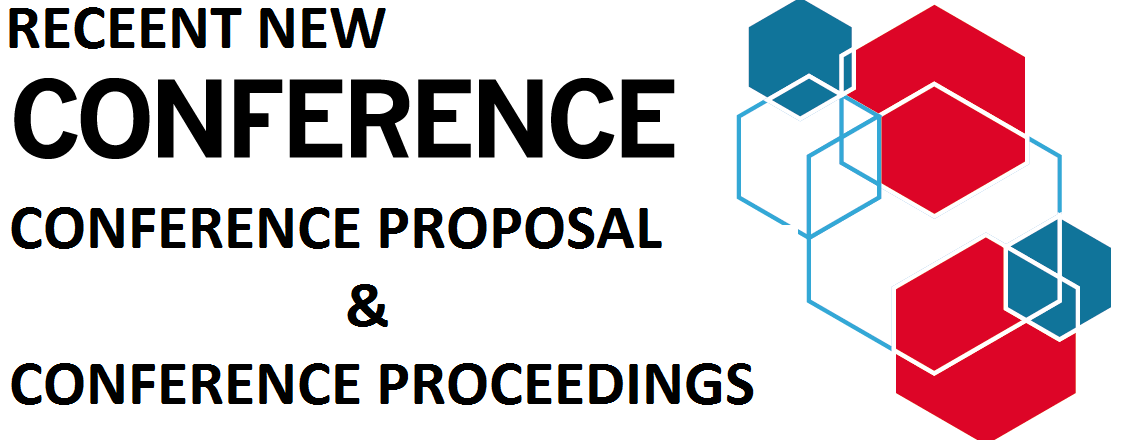
CONFERENCE PROPOSAL CONFERENCE PROCEEDINGS




